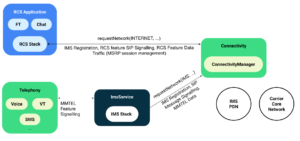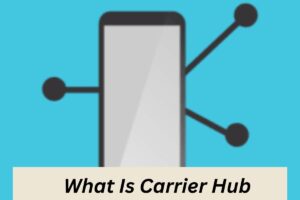As an ecommerce merchant, you’re starting off at a disadvantage with new customers where trust is concerned. You’re a faceless entity, with good offerings and reasonable prices, sure — but there’s no way for the shopper to know you’ll really deliver. To counter this, you must do everything you can to maintain a professional image.
Let’s say you’ve got a well-organized site with easy navigation and security certificates in place. But when it’s time to pay, you send them off your site. Here, it’s important to consider how payment gateways can make or break the customer’s experience.
What Is a Payment Gateway?
The mechanism by which credit and debit cards are processed, payment gateways transfer financial information between digital devices and financial institutions such as banks. Their primary function is securing payment authorization between your customers and your site. PayPal is the most popular payment gateway.
How Do They Affect Customers?
If you send your customers offsite when it’s time to pay, some will be confused or discouraged. Many experts agree it’s better to host payments on your site for this reason. However, this can create security concerns, as you become tasked with maintaining cybersecurity for your customers’ payment and personal information.
Additionally, if you ask for too much information, or employ a clunky interface, you can make customers question whether the process is worth the benefit of the product they’re considering. If your site tries to make a customer register before providing payment, they might decide to abandon the transaction and find a place they can buy with less hassle.
Keep It Simple
Similarly, you’re introducing another potential turnoff if you make customers click through multiple screens to pay. Think about it. You’ve shopped, you’ve chosen, you’re ready to pay and now you’re navigating through a maze of pages to input your credit card number. The best gateways remember payment information for returning customers, while keeping the process as uncomplicated as possible for new ones. Keeping it simple saves sales. The best free website templates make it easy for customers to move through the entire sales funnel, from browsing to checking out.
One example of simplifying the process involves inline form validation, meaning if a customer makes an error while inputting information, your website preserves the correct information and flags only the error. This makes it easy for the shopper to see where they went wrong. This small detail can be the difference between closing a sale and losing a customer to shopping cart abandonment.
To Build Trust…
Make every effort to highlight the security of your payment gateway, as well as your site in general. Display security badges and logos prominently. Provide links so customers can learn what they mean if they’re unfamiliar with them and, of course, get SSL certificates for every page of your site. If your payment gateways require your customers to leave your site, warn them first. Have a message appear saying something along the lines of: “You will now be directed to our secure payment center to complete your transaction.” This tells them they’re still in good hands, the redirect was authorized, it’s secure and absolutely part of your procedures.
Anything you can do to simplify the payment process and reassure your customers the security of their payment information is well-handled will speed transactions along. This will also keep the shopper engaged through conversion. It is essential to construct an easy process for your users, from the very beginning of shopping your site all the way to paying for the transaction. This is how payment gateways can make or break the customer’s experience of shopping your site.






More Stories
How to Effectively Remove ChocoEukor from Your Android Device
From Pixels to Perfection: Mastering the Art of Web Design
How to Stop TinyTask: 10 Effective Techniques for Gamers and Tech Enthusiasts